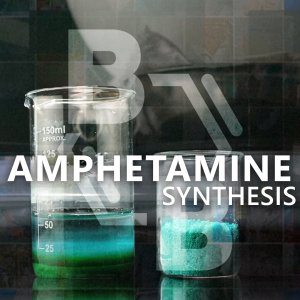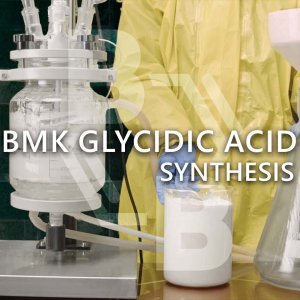Phenylacetone (P2P) synthesis from P2NP.
https://bbgate.com/threads/p2p-synthesis-from-p2np.188/
https://bbgate.com/threads/p2p-synthesis-from-p2np.188/
About Us
Our team brings together the best specialists from different fields.
We are ready to share our experience, discuss difficult issues and find new solutions.







